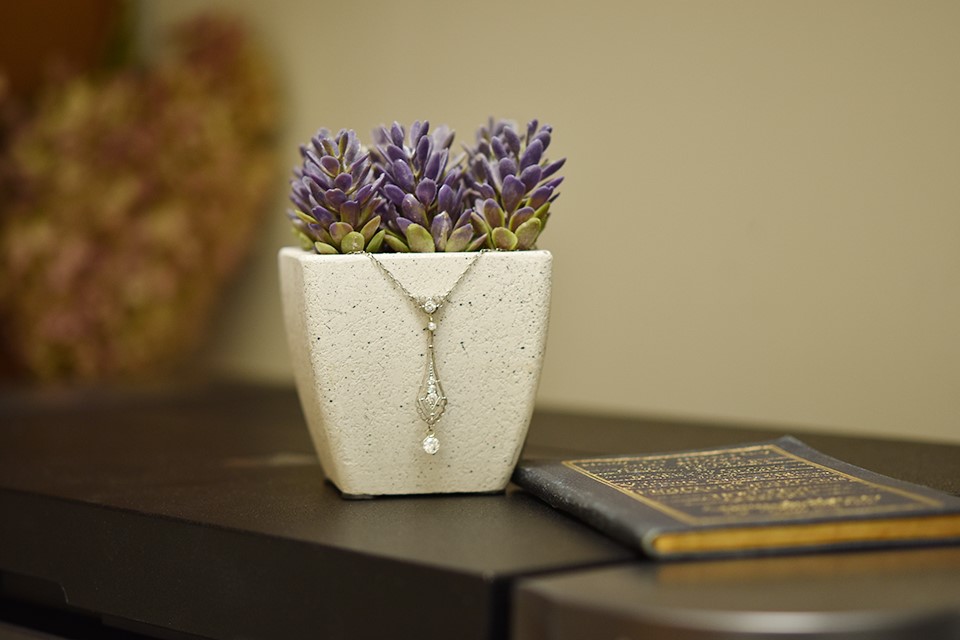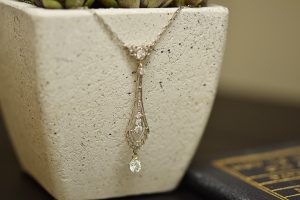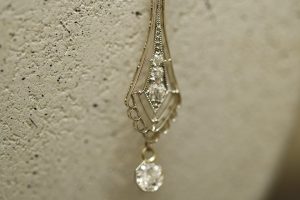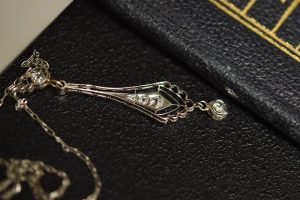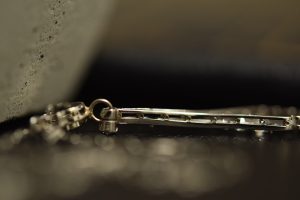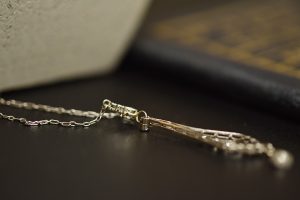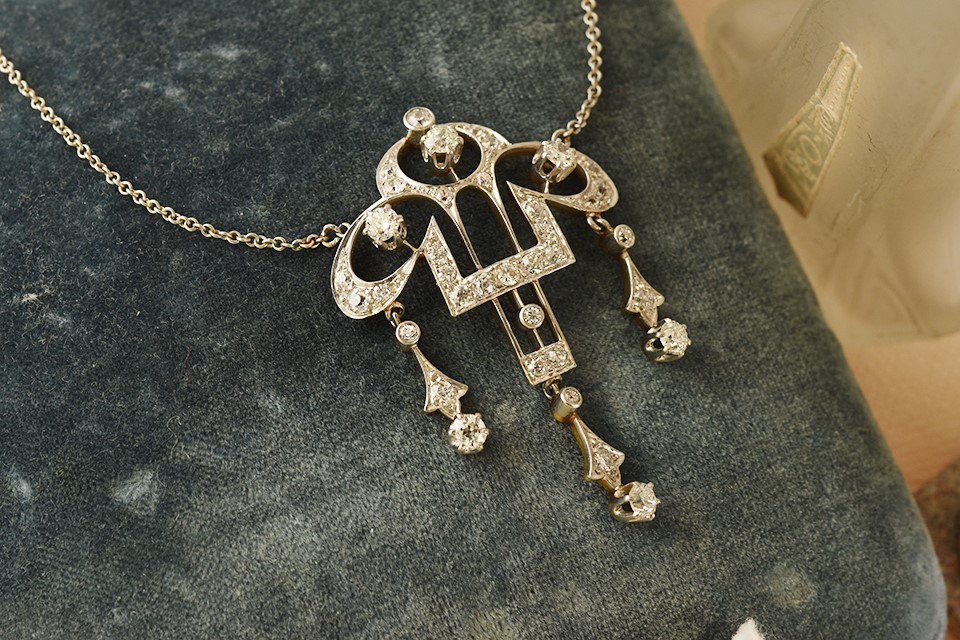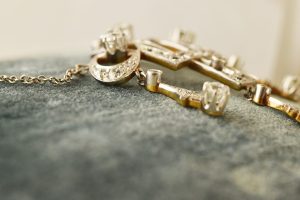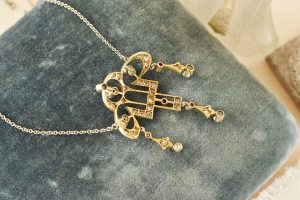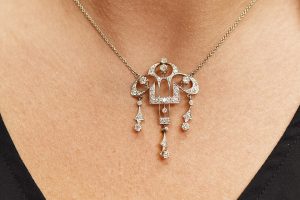Joden Girl
Baubles, Bling, and A Collector’s Things
Did you have a small lockbox when you were younger – a secret place where you hid treasures? Beneath the locked lid might be a smooth creamy white lucky stone, a scalloped seashell from a beach vacation, a note from a cherished friend, or even a little ring or necklace that belonged to your grandmother. Each tiny trinket holds a place in your heart.


As an adult, our prized possessions are often conserved within a safe or a deposit box. Our jewelry (personal or inherited) is stored among birth certificates, marriage licenses, deeds and passports. From time to time, these valuables can be brought out to wear, appreciate, or so that we might share them with someone else. Telling the story of a prized possession or heirloom can bring as much joy as wearing it.


Joe’s Special Box is very much like those treasure chests… a caché of riches from centuries gone by. Every ring, necklace, brooch and bracelet has been carefully selected and hidden away. Each one has a special something that inspired Joe to add it to his collection… like this Edwardian necklace. The framework of the piece is a warm yellow gold base topped with a layer of platinum. A botanical swag vines across the base of the throat showcasing a dangling pendant with swirls and fans, culminating in a singular teardrop.

Forty-eight old cut diamonds decorate the entirety of the piece with a combined weight of 2.00 carats! One round natural pearl marks the center of the pendant, adding the only bit of color to this spectacular necklace. Made near the turn of the 20th century, this diamond and pearl necklace from Joe’s Special Box is available in our showroom for just $4,950.00. If you love to hear the history of antique jewelry, take a trip to Grove City and ask to the pieces from Joe’s Special Box.
“You can go to a museum and look or come to us and touch.”
Written by Carrie Martin
Photos by Dana Jerpe


